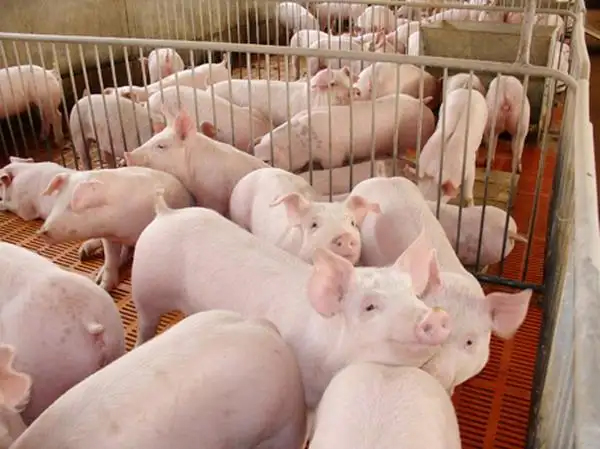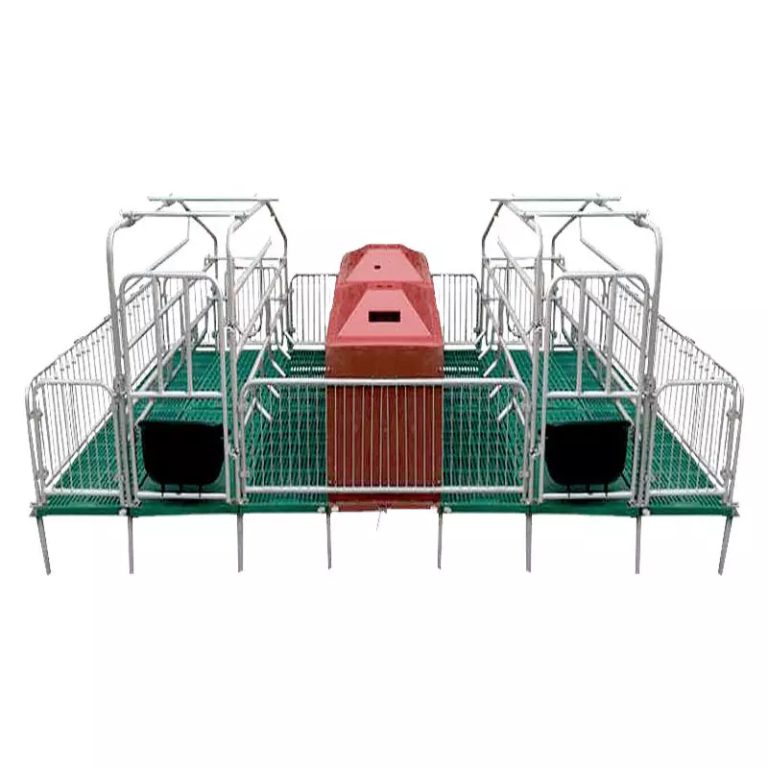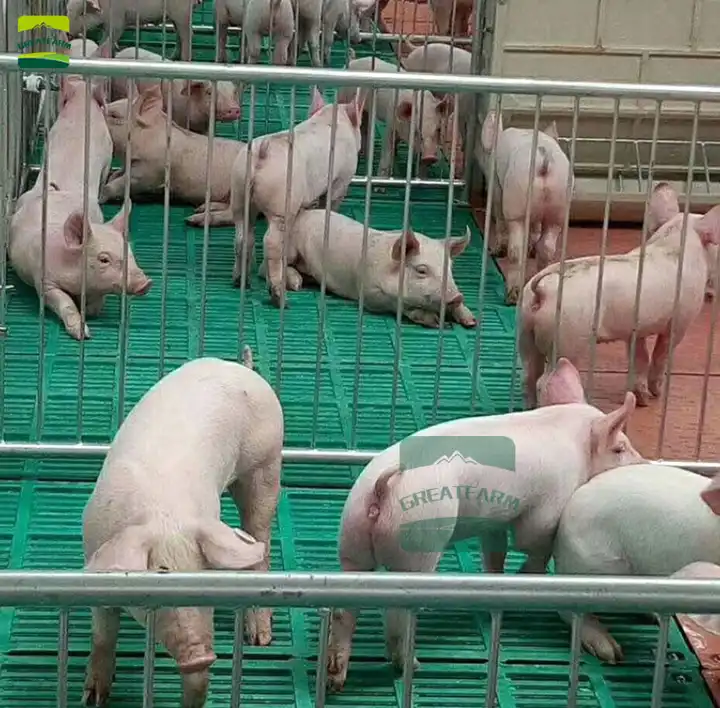- Manure cleaning process
- 2.1 Flush feces with water
- Water flushing technology is the main manure treatment technology introduced from abroad for large-scale pig farms in my country in the last century. The method is to use high-pressure water guns or water nozzles to flush the feces, urine and sewage discharged from the pig houses into the sewer ditch. , after being discharged from the sewage ditch, it enters the septic tank for subsequent treatment. This method can achieve timely cleaning of manure, has low labor intensity and simple process, can save labor costs, and maintain a relatively good environment in the pig house in a short period of time to ensure hygiene inside the pig house. However, this method consumes too much water. According to statistics, a pig farm with an annual output of about 10,000 pigs consumes 70,000 to 80,000 m3 of water for flushing manure. There is also a large amount of sewage in the manure storage tank, which is harmful to the sewage. The processing costs will increase accordingly. Even if the solid-liquid separation method is used for subsequent treatment, most organic matter and trace elements will still remain in the sewage. The organic matter in the solid matrix is severely lost. As an organic fertilizer, the nutrients are too low and the value for fruit and vegetable cultivation is not high.
- 2.2 Soak feces in water
- The water-soaking manure process evolved from the water flushing process. The pig house uses a fully slatted floor. A cesspool is designed under the floor. An appropriate amount of water is injected into the tank in advance, and then the pig manure and urine collected on the slatted floor are collected. Soak it with sewage and water for 1 to 2 months. When the septic tank is full, open the gate and let the waste flow into the waste treatment area along the drainage ditch. The whole process does not require flushing of feces, saving a lot of water. Then, through methods such as dry and wet separation and subsequent fermentation, the solid manure is used as fertilizer, and the liquid is used for oxidation pond treatment or biogas digester use. The soaked manure process has high production efficiency and relies entirely on automated operations, which not only saves labor costs, but also avoids direct contact between breeding personnel and pigs, reducing the spread of germs. At the same time, if pig manure is soaked in water for a long time, it can effectively dissolve part of the mixed gas, which is beneficial to protecting the air environment. However, there are also certain shortcomings. If manure stays in the house for too long, it will produce anaerobic fermentation, destroy the air environment in the house, produce a large amount of stinky gases that are harmful to pigs and human bodies, and have a negative impact on the health of pigs and breeding personnel. A certain threat.
- 2.3 Dry cleaning of feces
- The main method of dry manure cleaning technology is to design a fully leaky or semi-leaky cement floor on the floor of the pig house, with a slope underneath. The feces will fall onto the slope through the leaks. After staying for 3 to 5 days, the solid feces will stay on the slope. Use The feces scraping machine or manual scraping is used to collect the feces to the fecal sewage treatment area for unified treatment. The sewage flows down the slope and flows out through the sewage ditch for post-processing. The dry manure cleaning process can also quickly and effectively clean the feces in the pig house, and the equipment is simple. It can not only reduce water use, but also effectively avoid the stench caused by the self-fermentation of feces and maintain a good environment inside the house. The nutritional value of solid manure is not easily lost, and it is more efficient as an organic fertilizer.
- 2.1 Flush feces with water
ONLINE SERVICE: WhatsApp: +86-18137822989 Email: info@great-farm.com


